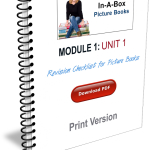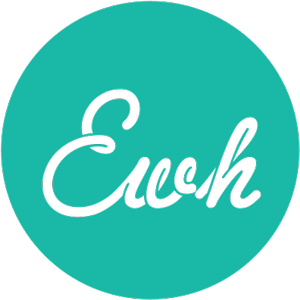
Cover and Query Letters
 Whether you are submitting to an agent or a publisher, you must include a cover letter and an up-to-date bio with your manuscript. Keep in mind the following:
Whether you are submitting to an agent or a publisher, you must include a cover letter and an up-to-date bio with your manuscript. Keep in mind the following:
– Be brief and respectful of the agent or editor’s time and expertise. Don’t try to be hip, funny or bossy… a simple “Enclosed please find my manuscript submission for your consideration” is far better than forced cleverness or wit.
– Define your market. i.e. “The book is intended for young readers between the ages of 5 and 9 / toddlers / teenage boys.” Better yet, demonstrate your knowledge of the genre by indicating whether it is a picture book, middle grade novel, YA, etc.
– Do your homework as to what the other books are in your genre, or your particular market (either via Amazon or your local library or bookstore.) Find out who wrote them, what they’re about and how well they sell/sold, so that you can show there is a market for your subject and also articulate how your approach is unique.
– If you intend to turn your book into a series, indicate as much, and include your ideas for other titles in development within the series.
– Always include a self-addressed, stamped return envelope. This is known in the industry as an SASE, and is a matter of respect.
Some agents and publishers require a “query letter” first. In other words, you must first ask if they want to see your manuscript before you submit. The query letter contains basic information about you and your manuscript, much like the cover letter, but is sent without the manuscript. Some offices will ask for a few sample pages of the manuscript along with your query, others just want a synopsis (check the website before you submit). Be prepared – know which pages of your manuscript you would send as a sample if requested.
Finally, do not be surprised to hear quickly in response to your query letter, and then not hear from them again for months once they have asked to see the manuscript. Saying “yes” or “no” to a query is much easier and quicker than considering a manuscript!
